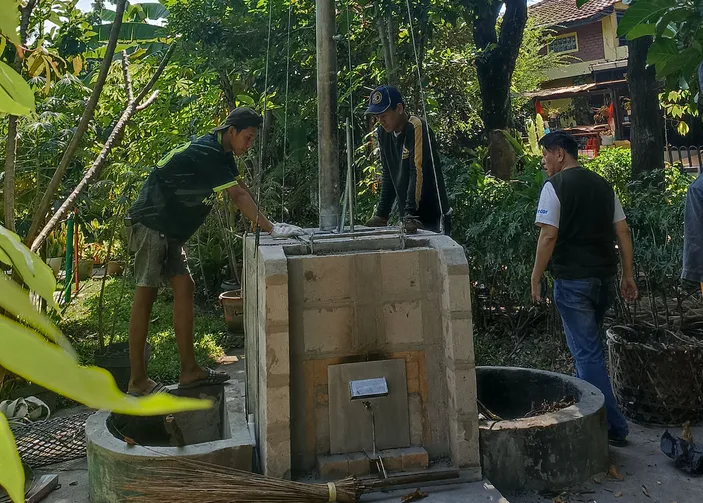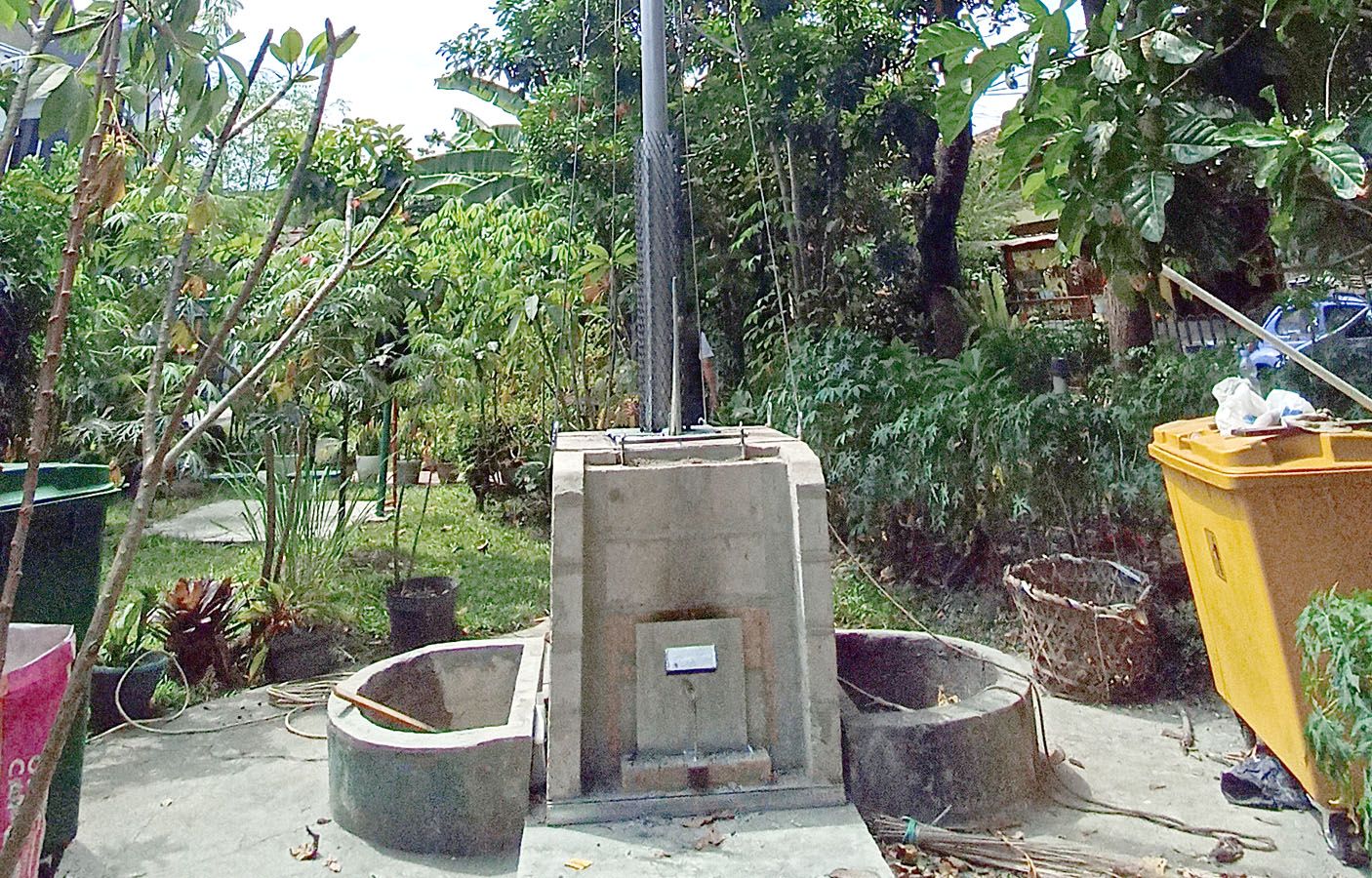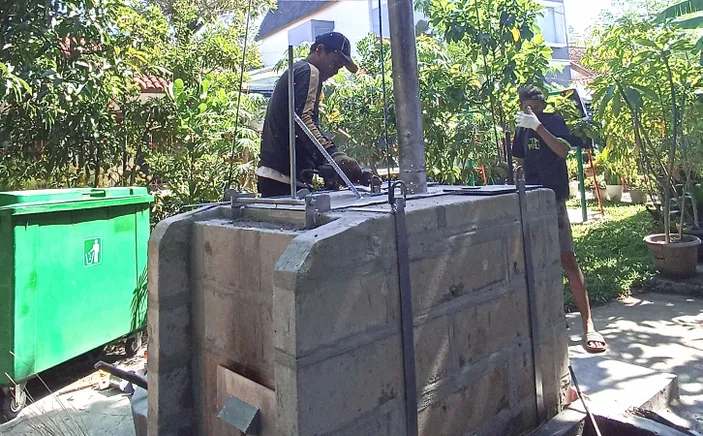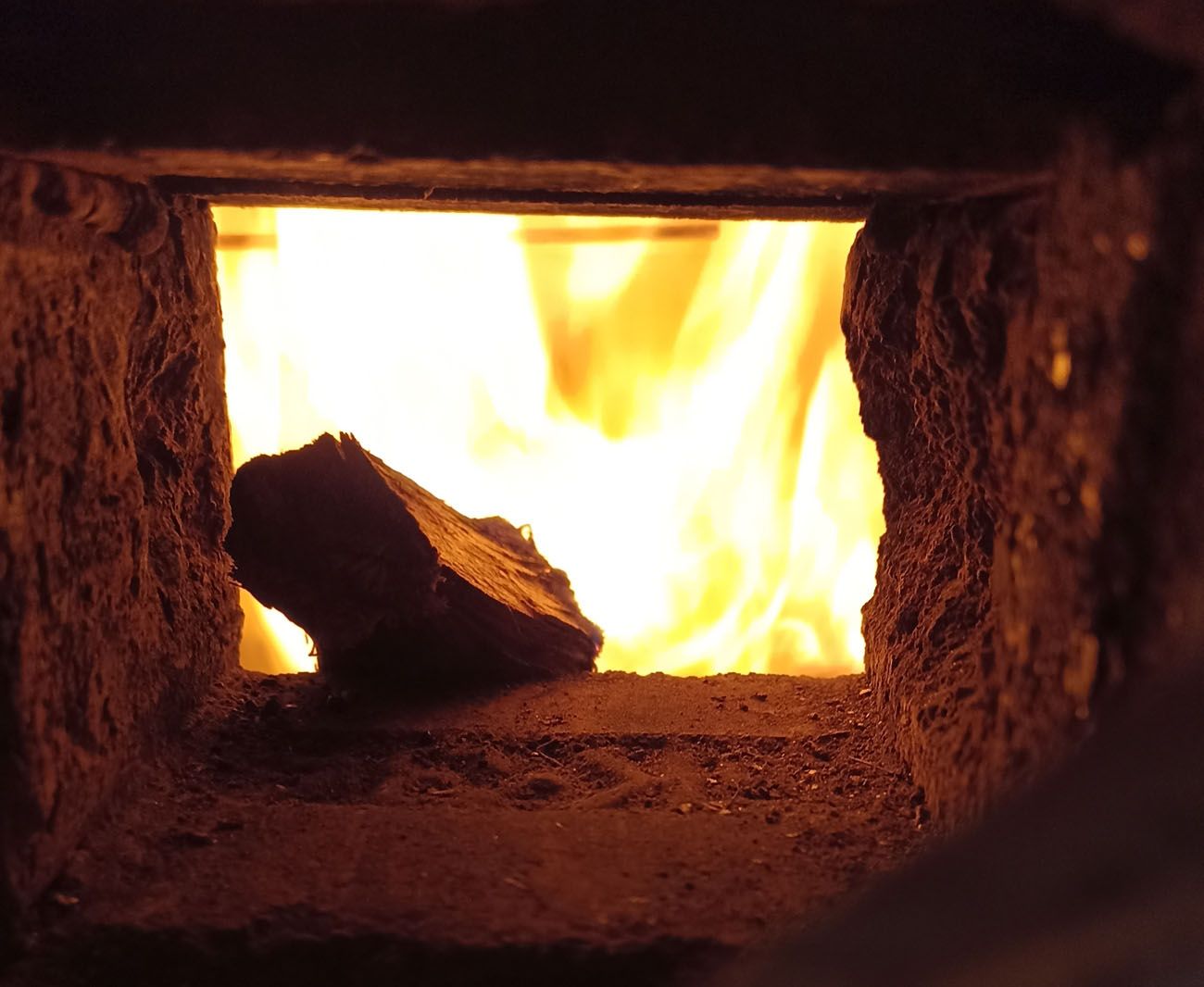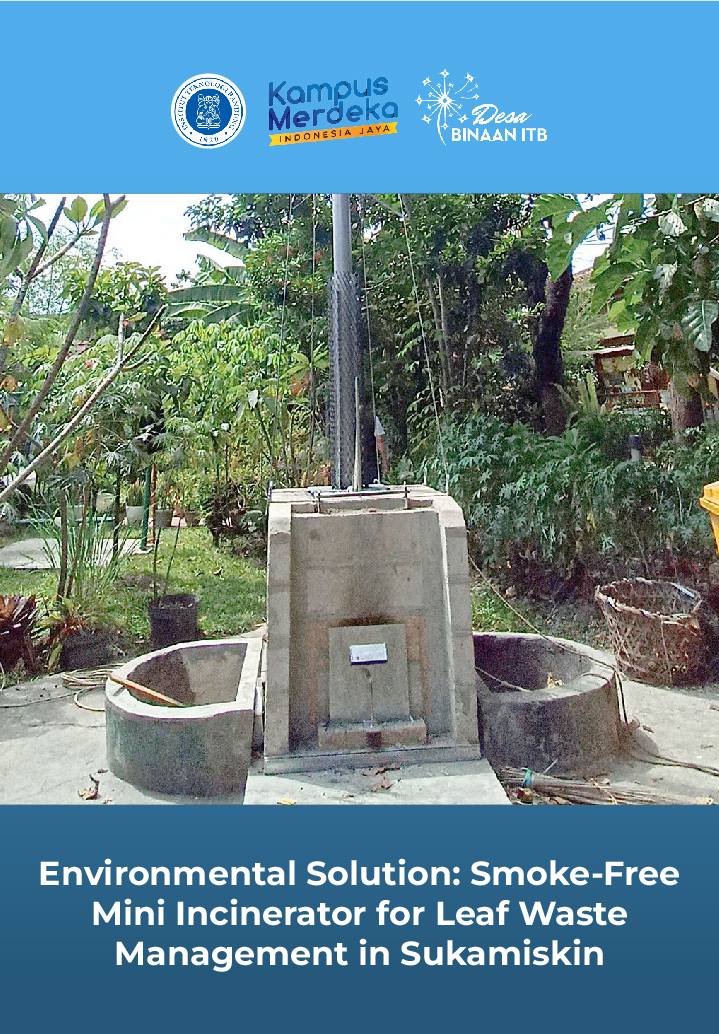

In 2023, waste management became one of the major challenges faced by many big cities in Indonesia, including Bandung. According to data from the National Waste Management System (SIPSN), out of the total 17 million tons of waste generated, about 5.6 million tons or 33% remained unmanaged. One of the specific issues was the accumulation of leaf waste, particularly in neighborhood areas (RT/RW). In response to this, the residents of RW 10 Sukamiskin, Arcamanik, sought solutions to manage the daily leaf waste, especially from the frequently shedding Ketapang trees.
Initially, leaf waste was burned in an open space near Jl. Sepakbola. However, as infrastructure developed in the area, open burning became less feasible due to the smoke pollution disturbing the residents. Yusuf, the head of RT 03 RW 10 Sukamiskin, stated, “The leaf waste from the Ketapang trees keeps piling up, and it’s hard to dispose of it. At first, we burned it in an open space, but as construction progressed, we needed a better solution.”
To address this issue, a team from the Faculty of Mechanical and Aerospace Engineering (FTMD) at the Bandung Institute of Technology (ITB), through their community service program led by Prof. Dr. Ir. Ari Darmawan Pasek, along with Dr. Ing. Willy Adriansyah and Sekar Pratiwi, an FTMD student from the 2020 cohort, introduced a small-scale, smoke-free incinerator system. This incinerator was installed at Taman Hockey, Sukamiskin, as an effective solution for leaf waste management.
This incinerator system is designed to efficiently burn leaf waste without emitting smoke that pollutes the environment. Yusuf added, “This incinerator system is very helpful. The smoke doesn’t spread like it used to. It’s also easier to operate and doesn’t require additional fuel.” Moreover, the use of this incinerator has helped reduce air pollution, which had previously been a frequent complaint from residents when leaf waste was openly burned.
However, operating the incinerator is not without its challenges. Weather is a major obstacle, especially during the rainy season, as wet leaves take longer to dry before they can be burned. Yusuf explained, “The leaves need to be completely dry for the fire to burn evenly and not produce white smoke.” Nevertheless, the incinerator remains the best solution the residents have for safely and efficiently managing leaf waste.
Sekar Pratiwi also mentioned that although the incinerator is relatively easy to operate by the local community, special training is still required to ensure the correct steps are followed. “If the leaves are wetter, the burning time will be longer, but as long as the temperature in the secondary combustion chamber, which contains twigs or wood, remains high, there will be no smoke,” Sekar explained.
This incinerator not only helps reduce the volume of piled-up leaf waste but also mitigates harmful emissions typically produced during conventional burning. Additionally, the ash from the incineration process can be used as organic fertilizer, helping to improve soil quality around Taman Hockey.
The implementation of this incinerator in RW 10 Sukamiskin has had a significantly positive impact. The more efficient and environmentally friendly burning process has reduced the workload for sanitation workers and decreased air pollution in the surrounding area. Although weather challenges remain, residents remain optimistic that this incinerator is an effective long-term solution for the leaf waste problem in their area.
Related News:
1. matabandung.pikiran-rakyat.com: Terobosan Baru! Tim FTMD ITB Bikin Insinerator Tanpa Asap Skala Komunitas, Kelola Sampah Daun di Wilayah RT RW
2. matabandung.pikiran-rakyat.com: Insinerator Skala Kecil dari FTMD ITB: Solusi Cerdas Pengelolaan Sampah Kota Bandung
